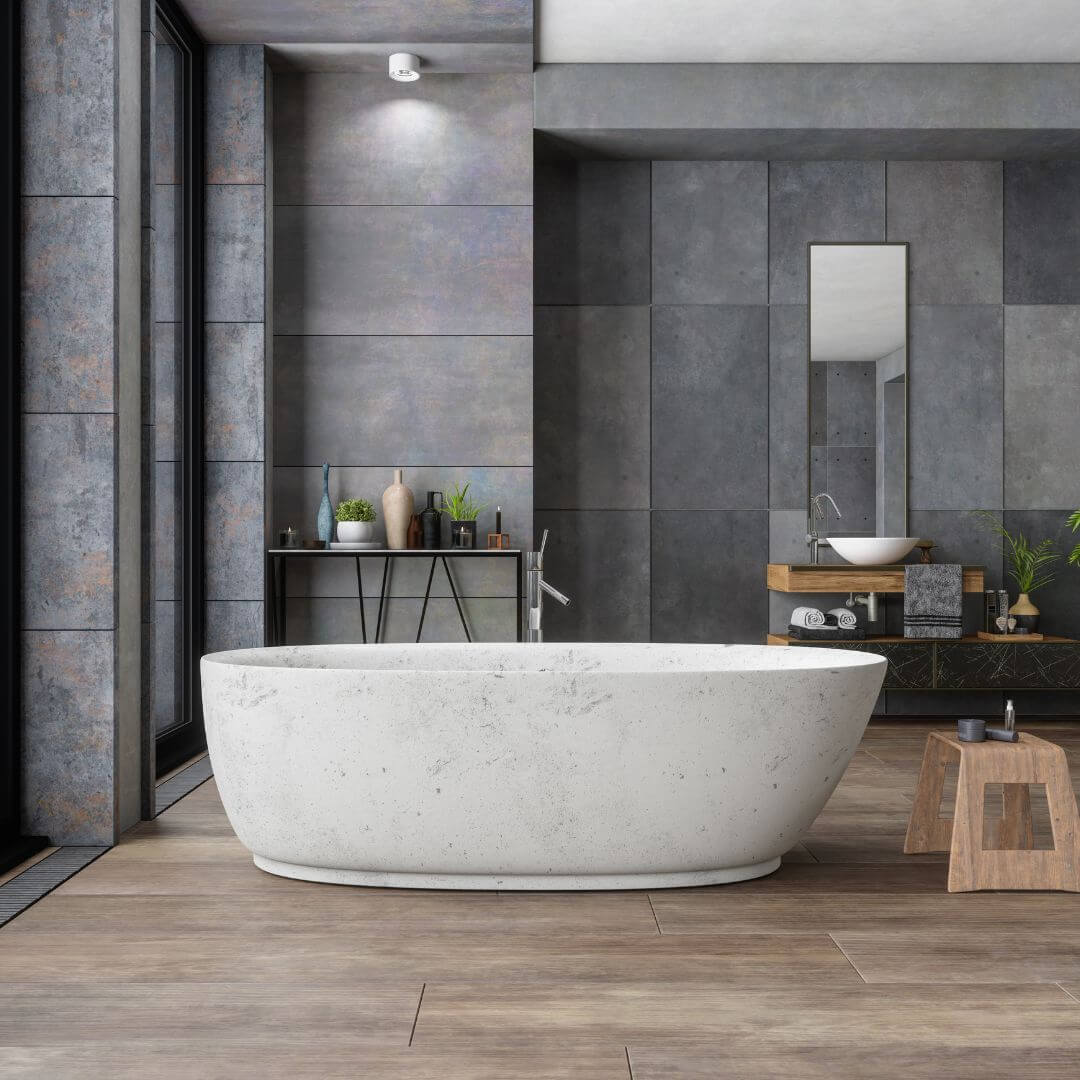
CLAY BASED TILES
When choosing a tile for your next project take into account the characteristics of both clay based tiles. Tiles come in many shapes and sizes. Each giving a unique look and “feeling” to the space.
First, how are they made? Ceramic tiles contain clay and sand while porcelain tiles contain clay, sand, feldspar and silica. During production, water is blended into the recipe and pressed. These extra ingredients help give porcelain a hardier, more durable composition.
DURABILITY, COST, & WEIGHT DIFFERENCES
Porcelain is pressed at a higher pressure and cooked at higher temperatures than ceramics. This gives porcelain durability along with a dense composition that makes the tile nearly impervious to water absorption with a rating of <0.05%. Whereas, ceramic tiles have an absorption rate of 3% of total weight. Think grandma’s china set.
Not only is porcelain more durable, but also highly resistant to staining because of the dense, low porosity composition. With this more dense and more intense production process comes an added cost. Porcelain tiles are on average 60% more expensive than ceramic tiles. Porcelain tiles also weigh much more than ceramics and are harder cut.



